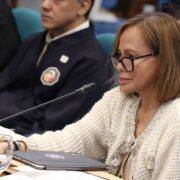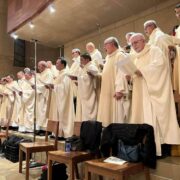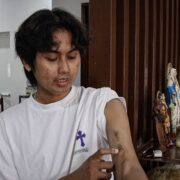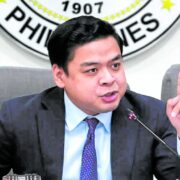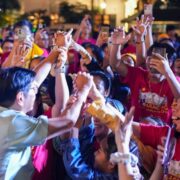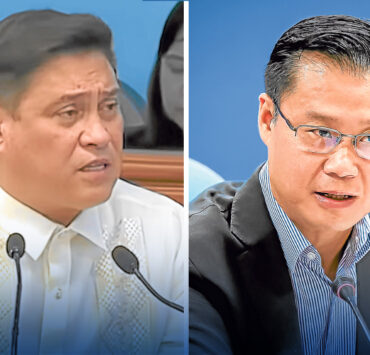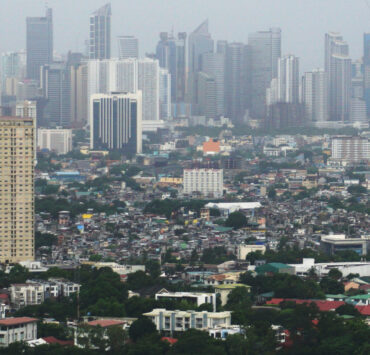Japan trying AI storytellers to pass on wartime memories
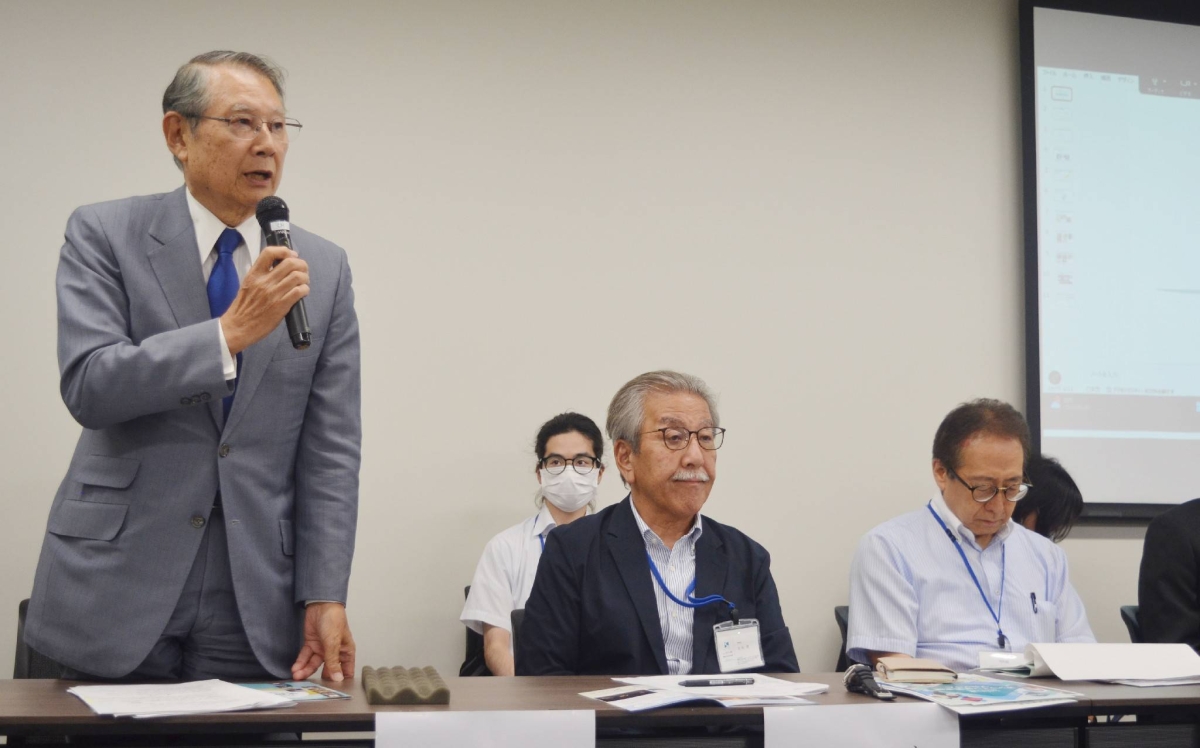
Hiroshi Nishioka is close to tears describing the aftermath of the Nagasaki atomic bombing he experienced as a 13-year-old, as he recalls encountering injured people begging for water and reaching out for his flask. He appears wracked by guilt that he turned them away.
“I pushed away their hands,” the 93-year-old says. “I was worried about running out. I always question why I did that,” he adds, his voice fraying.
Moments later, his recollections suddenly end, and he asks for another question. But Nishioka is not speaking live. His responses, including being overcome by self-reproach, are part of a prerecorded, artificial intelligence (AI)-assisted interactive video intended to preserve his memories for future generations.
Real conversation
His “AI testimony” console is one of a growing number of initiatives across Japan using the burgeoning technology to pass on memories in a way that feels close to a real-life conversation with a survivor.
“We wanted a way to strongly convey memories of wartime at a time when fewer people can tell those stories themselves,” said Naoya Kakinaka, head of the Kanagawa prefectural government department overseeing issues relating to World War II and supporting those who experienced it. It commissioned Nishioka’s project in 2022.
At its peak, the prefecture neighboring Tokyo had over 130 residents with wartime experience visiting schools to offer a sense of living history. Now, they number around 30.
The number of government-recognized atomic bomb survivors, meanwhile, came in below 100,000 for the first time this year, dropping to 99,130 people with an average age of 86.13 years as of the end of March.
150 questions
“Rather than just using video, we felt a system with interactivity would be more desirable. Especially for children, war can be hard to understand. Being able to ask questions and get a response seems effective in creating a strong impression,” Kakinaka said.
To create the system, Nishioka was filmed in front of a green screen over two days in October, answering about 150 questions.
“As much as possible, I wanted to be able to leave my thoughts, my memories and experiences, to the next generation,” the real Nishioka said of his selection for the AI project.
Standing in front a large screen, listeners use a microphone to ask him questions. The unit’s AI analyzes the content of the questions, selecting the most suitable clip from the extensive footage taken of Nishioka’s testimony.
The device made its debut at an elementary school in March. Kakinaka said the prefectural government is considering further AI consoles on wartime topics more specific to Kanagawa Prefecture, which suffered bombings in the war’s closing stages.
Hiroshima survivors
In Hiroshima, where the first atomic bomb was dropped on Aug. 6, 1945, three days before Nagasaki was hit, the city government has selected five survivors to be filmed for similar consoles—including one in English—with plans to show them on the 80th anniversary later this year.
The initiative was inspired by the “Dimensions in Testimony” project by the USC Shoah Foundation in the United States, which preserves memories of the survivors of the Holocaust and other atrocities through interactive testimonies in museums and schools.
Haruhiko Yasuda, head of communication technology firm SilvaCompass Inc., which is behind multiple consoles in Japan, including Nishioka’s, says the company is also trying to develop a cloud-accessible version that can be used at schools without needing to dispatch consoles.
SilvaCompass previously worked on a holographic project in Nagasaki and another AI console in Yasuda’s home city of Hamamatsu, Shizuoka Prefecture.
Bridging the gap
There, the network for families of war dead worked with him to create an AI-assisted console featuring Tamako Noda, who is now in her 80s and lost her mother in the bombing of the city on June 18, 1945. Since 2024, the console has been exhibited at the Hamamatsu Reconstruction Memorial Center.
Academics see value in bridging the gap between objective and subjective history.
“Any initiative to preserve the hibakusha’s stories is welcome, but there is nothing more effective than a survivor showing you the feelings around the facts,” said Mioko Tokuhisa, a peace studies researcher at Musashi University’s Comprehensive Research Organization.
“Still, memory is not necessarily reliable, and many survivor recollections overlap with those of others they knew,” she said, adding that the initiatives offer a “chance to present the convergence between historical record and memory.”
Despite the moves, no one involved in the projects sees them as a complete replacement for hearing a survivor’s testimony firsthand. The Kanagawa prefectural government stressed the projects have a long-term focus, with no plans to replace living storytellers.
Nishioka, too, is not ready to hand over the reins to his AI-enhanced counterpart yet.
On the Nagasaki bombing’s 80th anniversary on Aug. 9, he will become the oldest person to read the pledge for peace at the city’s ceremony.
His eldest daughter is also considering formally taking over the role of telling her father’s story through a government initiative in Nagasaki, in which relatives learn a version of a family member’s atomic bomb experiences which has been authorized by their relative.



